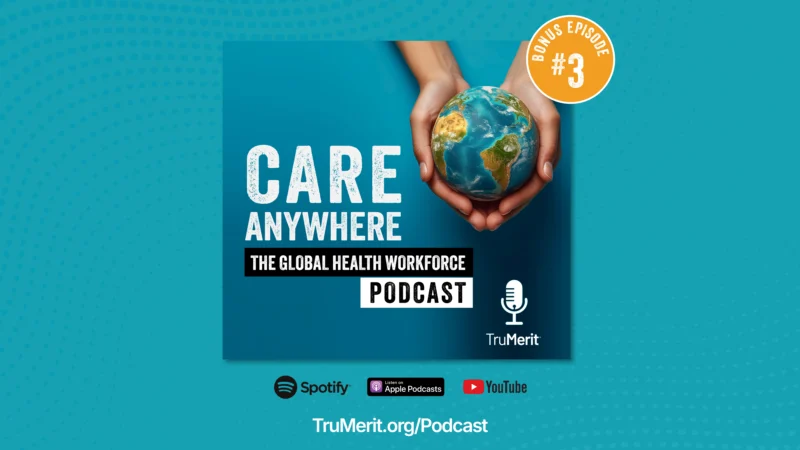Healthcare Orgs Can Secure Their Health Data with Workforce & Regulatory Enhancements
The healthcare industry faces a rising wave of cyberattacks, highlighting the critical urgency to fortify cyber defenses. These breaches threaten the integrity and availability of essential healthcare services and sensitive health data, intensifying the need for robust cybersecurity measures. This urgency is partly driven by the complex nature of healthcare technologies and the limited cybersecurity workforce capable of managing these challenges.
Given the high stakes of protecting sensitive health data, how can healthcare organizations better prepare to face these growing threats?
In a recent Expert’s Talk episode, Robin Berthier, the CEO and co-founder of Network Perception shares his insights on the pressing need for robust cybersecurity defenses in the healthcare industry. He highlights the crucial role of strategic regulations, the importance of understanding the intricate healthcare IT landscape, and the need for a skilled cybersecurity workforce to implement effective protections.
Key takeaways:
- Regulation as a Catalyst: Without stringent regulations akin to those in other critical sectors, healthcare organizations may lack the motivation to align their resources adequately with cybersecurity needs.
- Visibility and Complexity: Gaining clear visibility over existing IT assets and understanding the intricate interactions between applications and equipment are crucial first steps toward effective cybersecurity.
- Workforce Challenges: The scarcity of skilled cybersecurity professionals within healthcare further complicates the implementation of best practices and sophisticated defense mechanisms.
- Board-Level Engagement: Recently, cybersecurity discussions have ascended to the board level in many organizations, signaling a shift towards more strategic and governed approaches.
- Risk Prioritization: With limited resources, healthcare providers must prioritize risks, focusing on the most critical areas that could impact patient safety and data integrity.
Article written by Sonia Gossai









